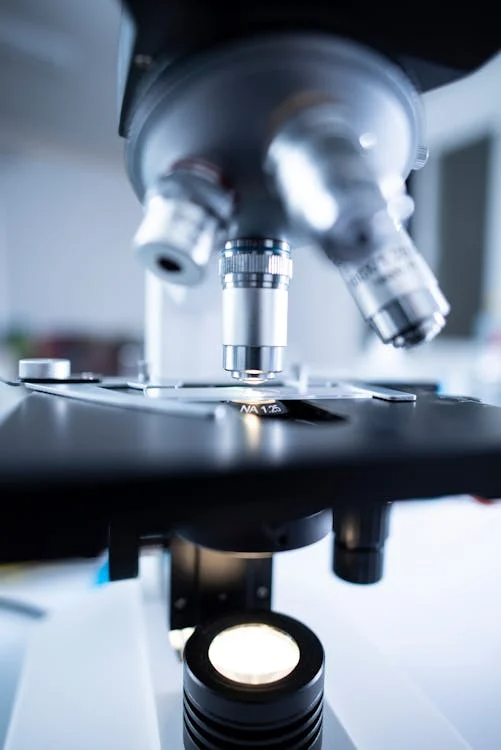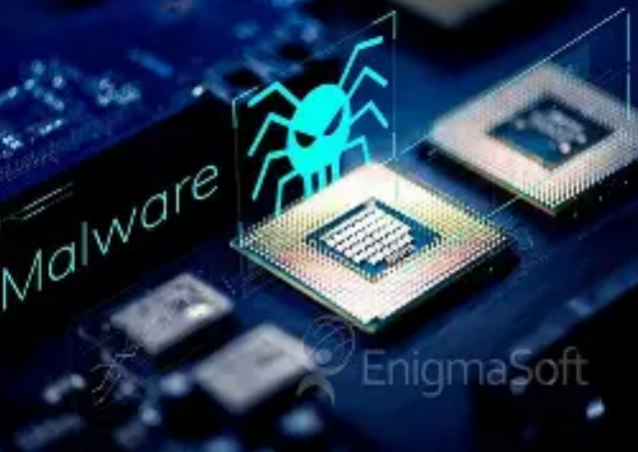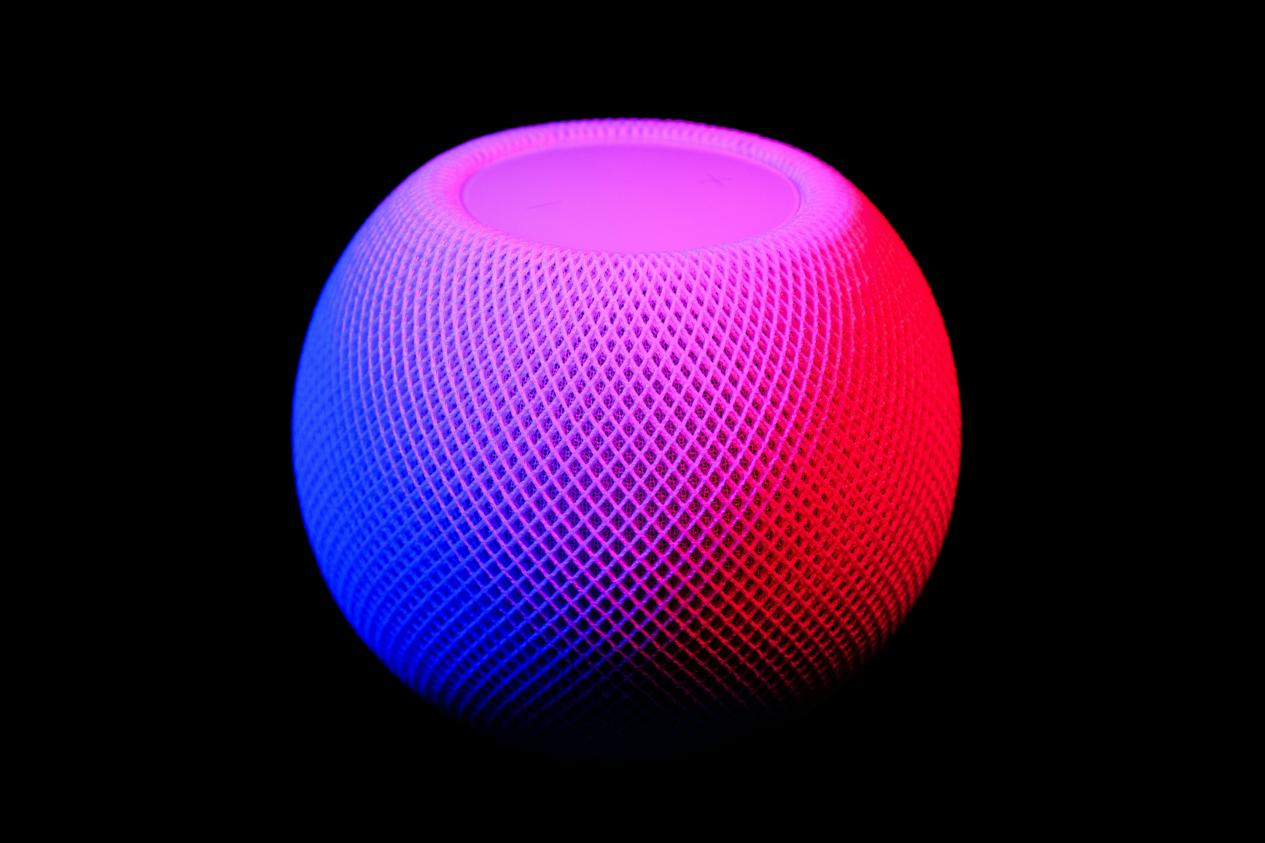Defending Academic Integrity: How Intelligent Technology Reshapes the Research Oversight System
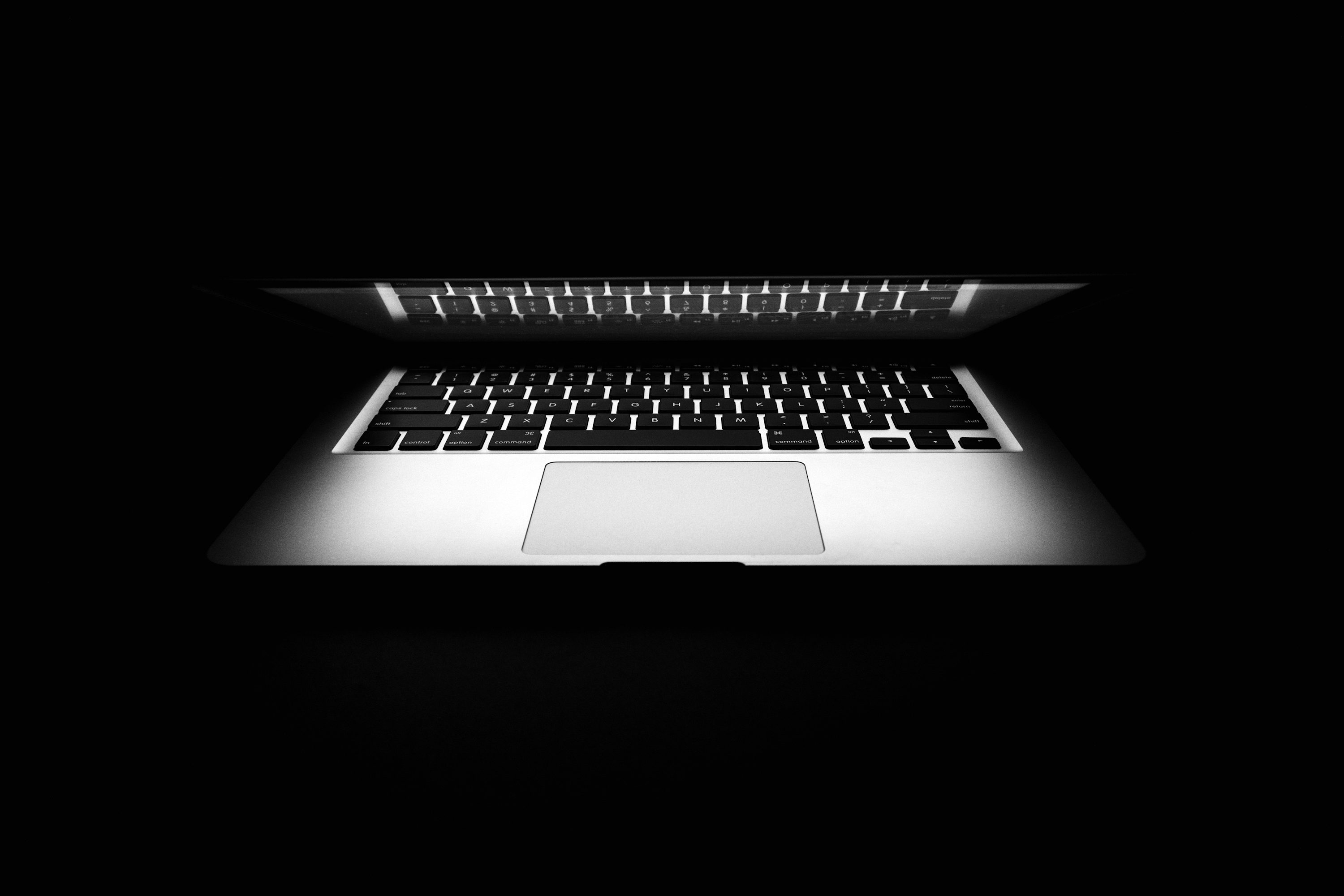
The field of scientific research is facing severe challenges regarding the authenticity of image data. Recent revelations of academic irregularities by international research teams have uncovered instances of image manipulation in some research papers, prompting the global academic community to strengthen data verification mechanisms. This incident has exposed deep-seated vulnerabilities in the integrity system of research in the digital age and has driven the profound integration of technological means with academic ethics.
Types and Impacts of Image Anomalies
Anomalies in research images primarily manifest as data reuse, local modifications, and compositional stitching. The widespread use of digital image processing technology has made it easier for researchers to technically adjust experimental results. Editors of reputable journals have pointed out that whether for aesthetic enhancement or deliberate fraud, such practices severely undermine the credibility of research data. The International Academic Oversight Database indicates a rising trend in records of academic corrections related to image issues in recent years, reflecting an urgent need for improvement in the research oversight system.
Intervention of Intelligent Detection Technology
In response to this challenge, the publishing industry is accelerating the introduction of intelligent image analysis systems. Detection algorithms based on deep learning can identify traces of rotation, cropping, and color adjustments, screening for duplicate or anomalous images before submission. Some journals require authors to submit original data along with processed images, establishing a dual verification mechanism. A cross-database comparison system developed by technical teams can trace the historical use of images in literature, effectively curbing the reuse of academic results.
Limitations and Breakthroughs of Technological Applications
Although existing detection systems can identify conventional image anomalies, there remain technical blind spots regarding deepfake content. With the evolution of generative AI technology, the realism of fabricated images continues to improve, placing higher demands on detection algorithms. Academic publishing alliances are developing a new generation of multimodal analysis models that construct a multidimensional academic integrity assessment system by analyzing image metadata, experimental logic chains, and statistical patterns.
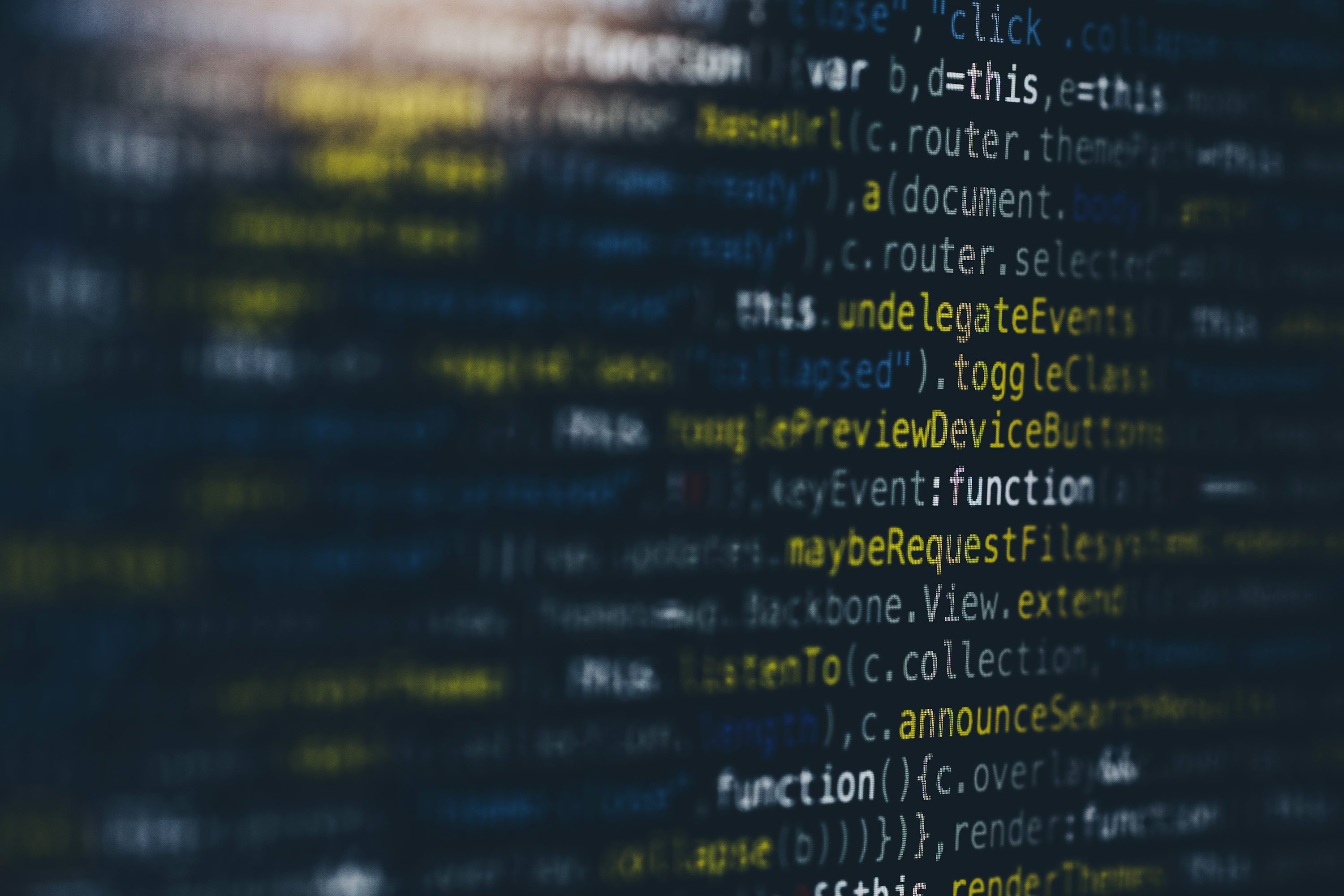
Systematic Reconstruction of the Research Ecosystem
Fundamental solutions must address the cultural aspects of research. International academic organizations advocate for the establishment of a comprehensive data management system, requiring research teams to pre-set verification nodes during the experimental design phase. Some leading laboratories have begun implementing a "data transparency" policy, mandating that original images and processing records be archived together for reference. The academic review mechanism is also undergoing innovation, introducing dynamic peer review and reproducibility verification steps to enhance research quality from the outset.
Balancing Technological Ethics
While strengthening technological oversight, the academic community must also emphasize the cultivation of researchers' academic ethics. Research funding agencies in multiple countries have incorporated data management capabilities into assessment criteria and established a lifelong accountability system for academic misconduct. The ultimate goal of intelligent detection systems is not to replace manual review but to build a collaborative oversight network between humans and machines—where algorithms screen for suspicious clues, expert teams conduct professional assessments, and the academic community forms self-regulatory norms.
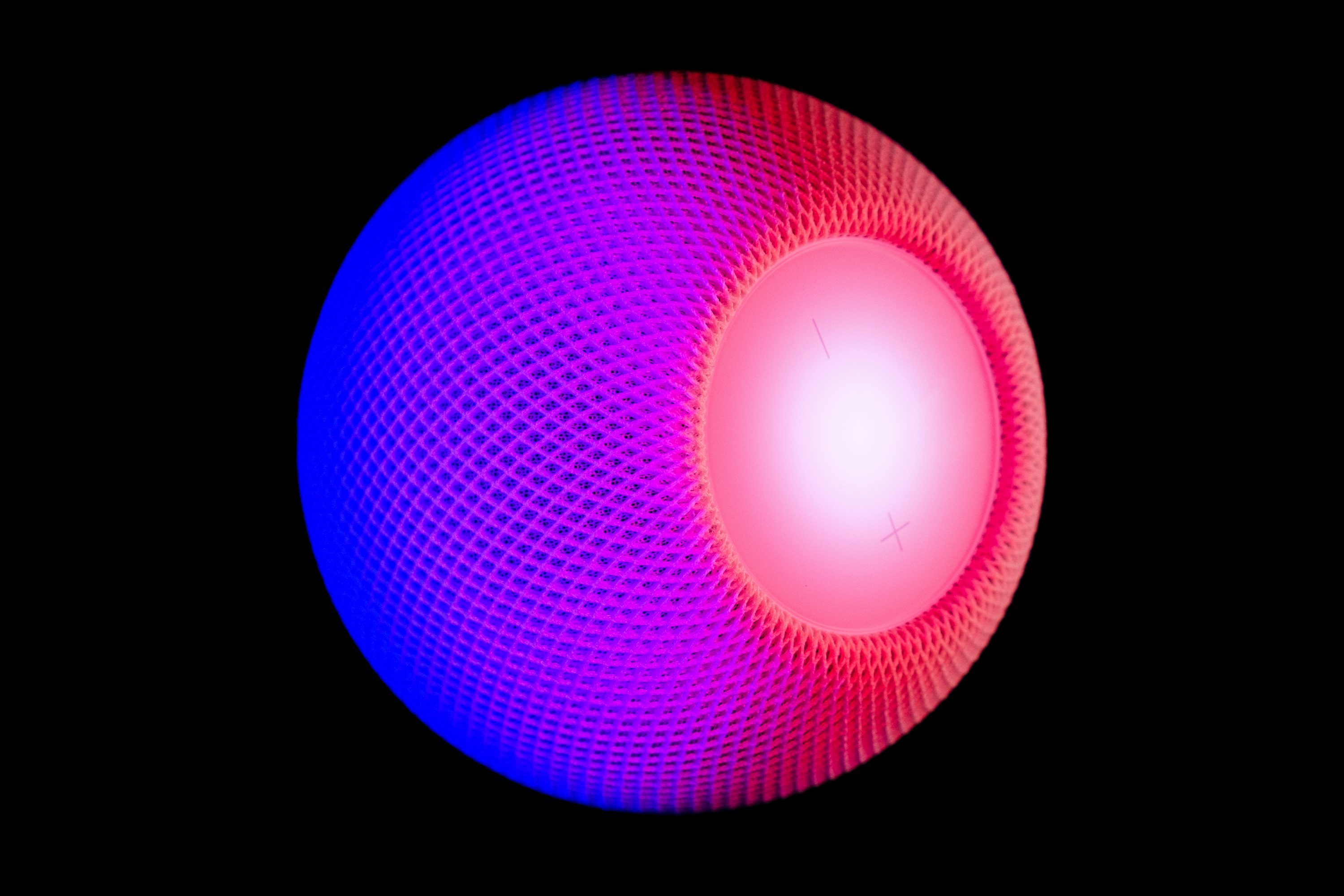
This battle for academic integrity reveals the dialectical relationship between technological innovation and academic ethics. As intelligent algorithms become gatekeepers of scholarship, humanity must uphold the scientific spirit of truth-seeking and practicality. Only by establishing an open and transparent academic ecosystem can technological innovation genuinely serve the advancement of knowledge and preserve the purity of scientific research.
(Writer:Tick)


